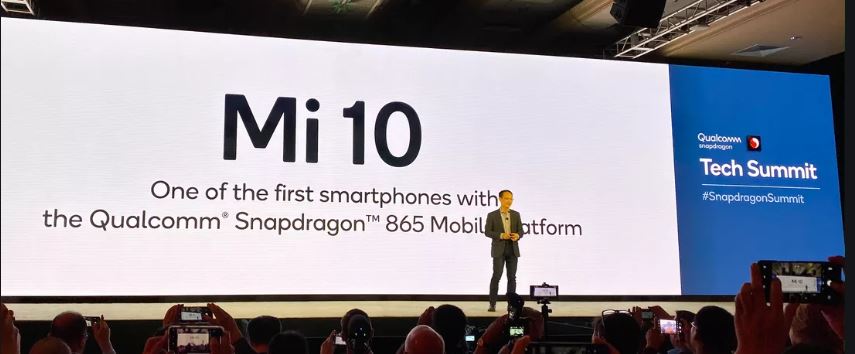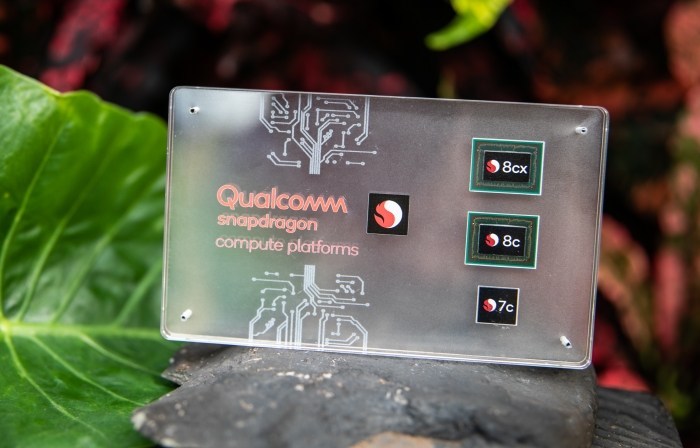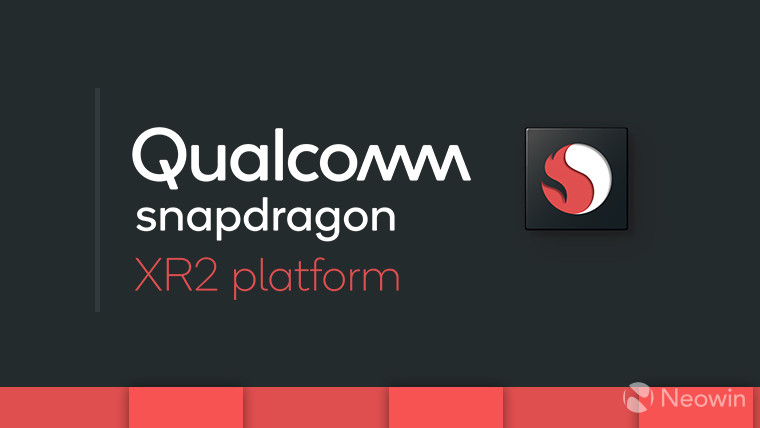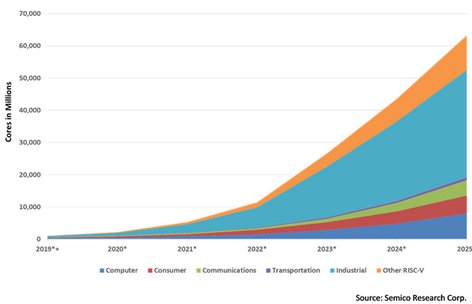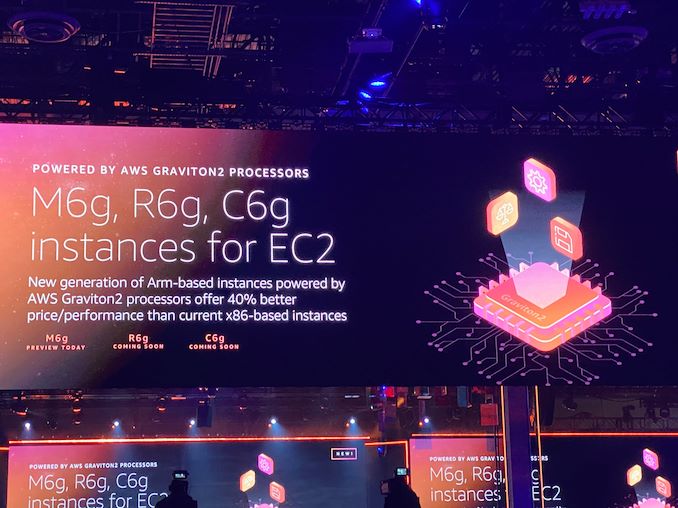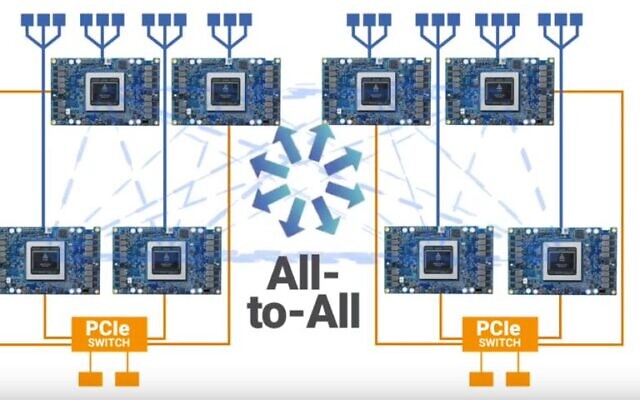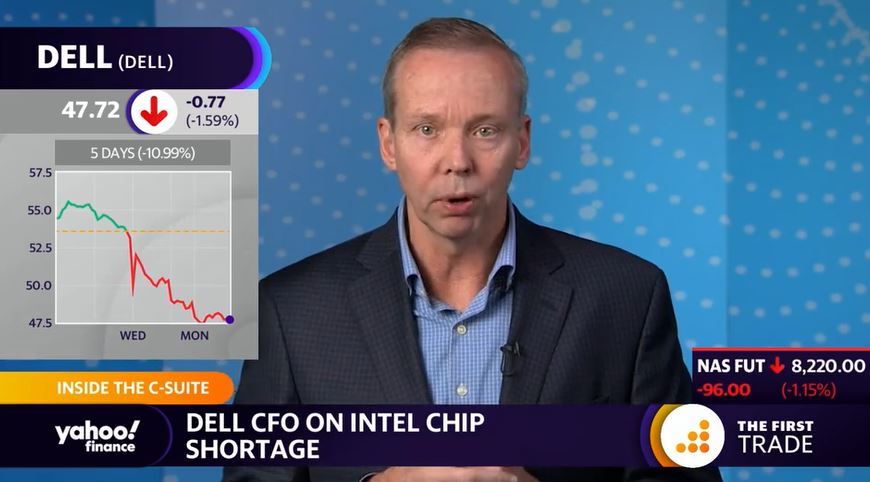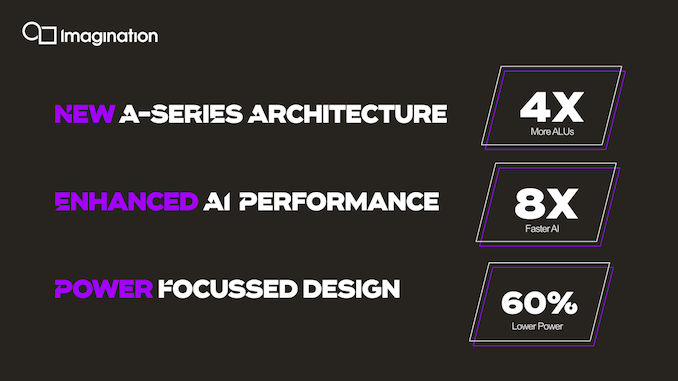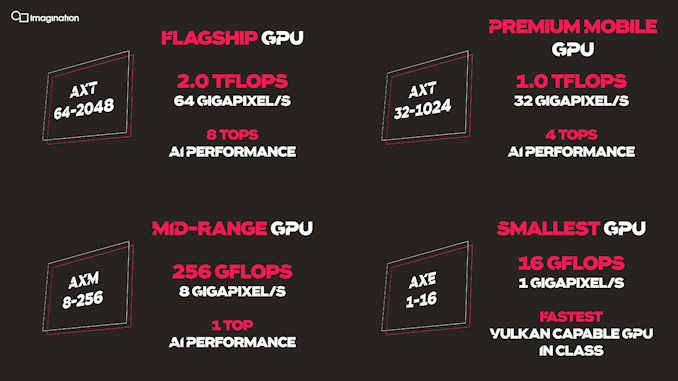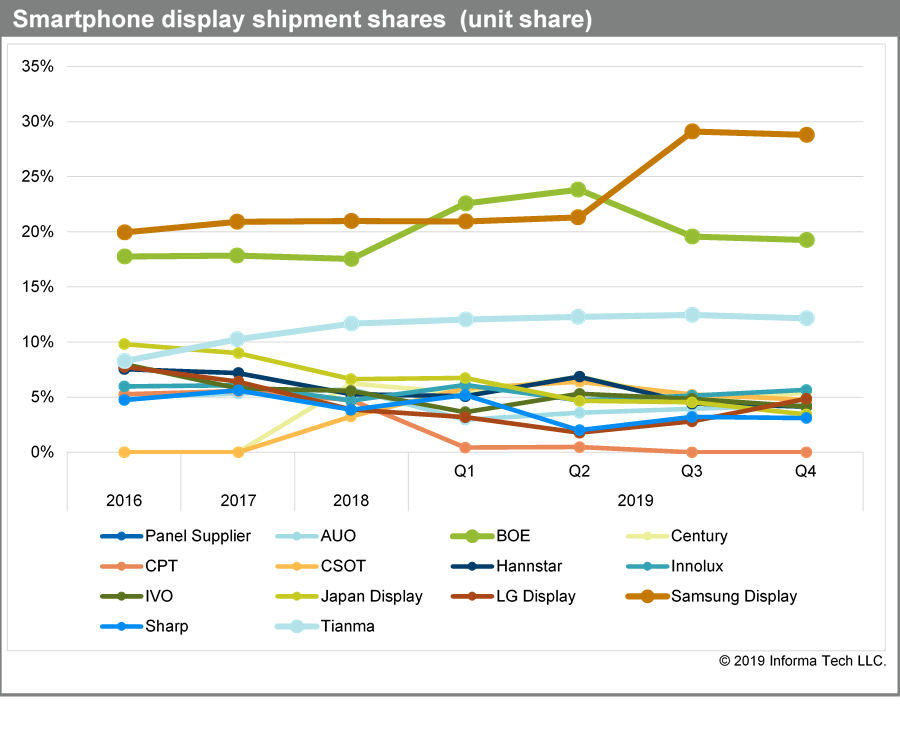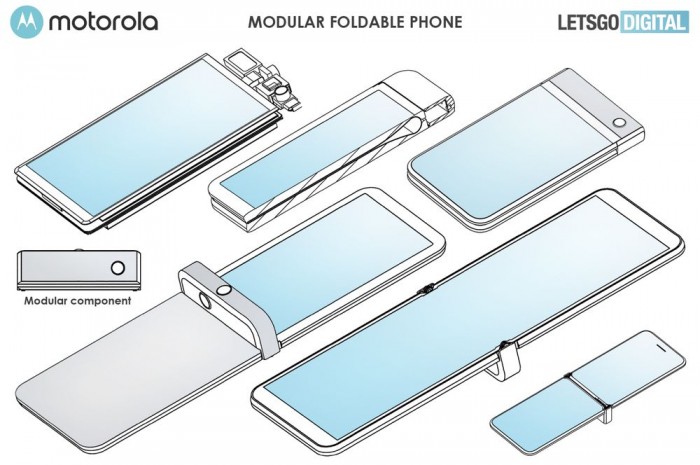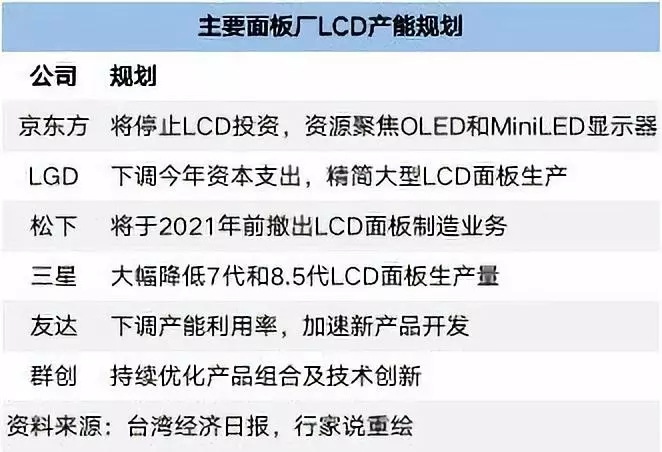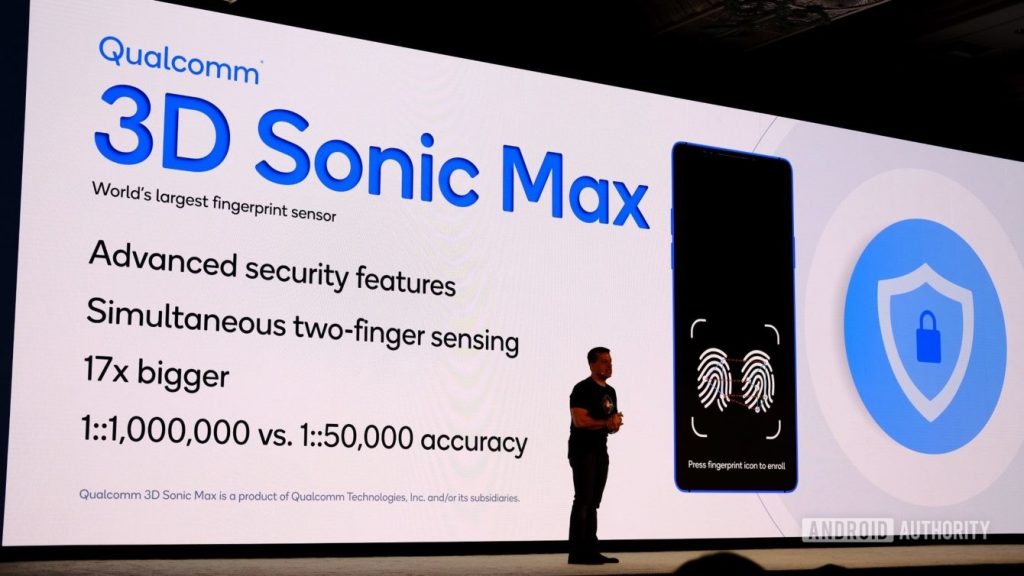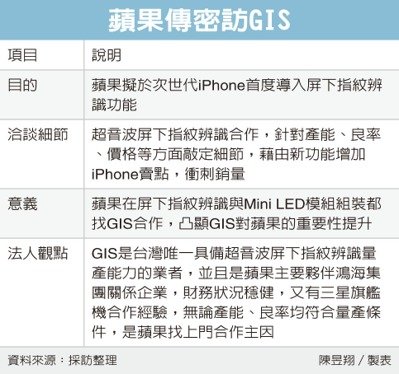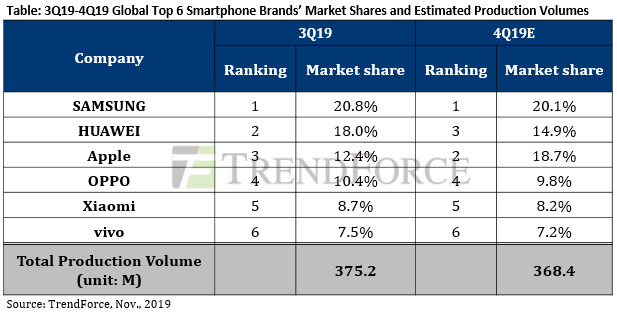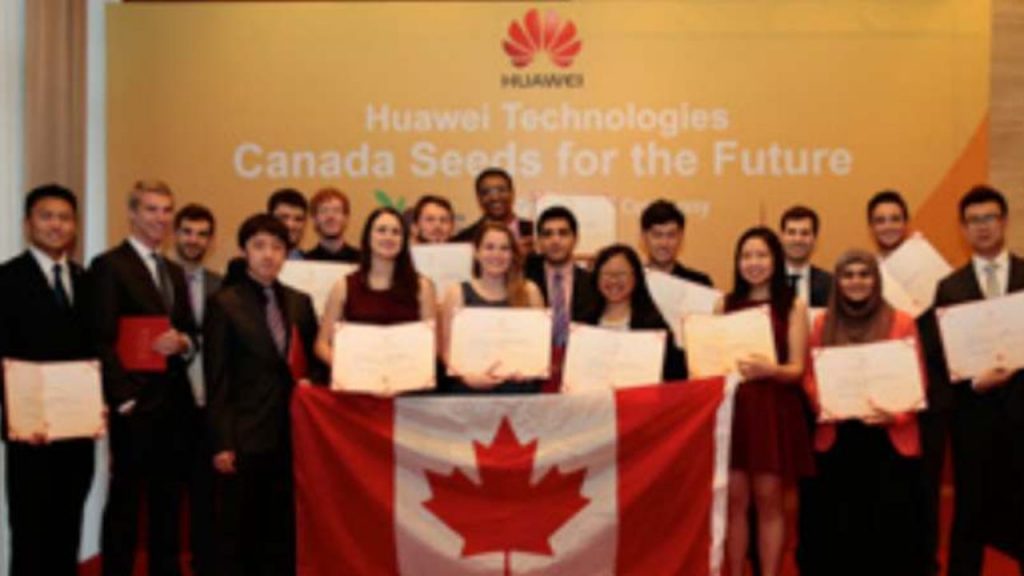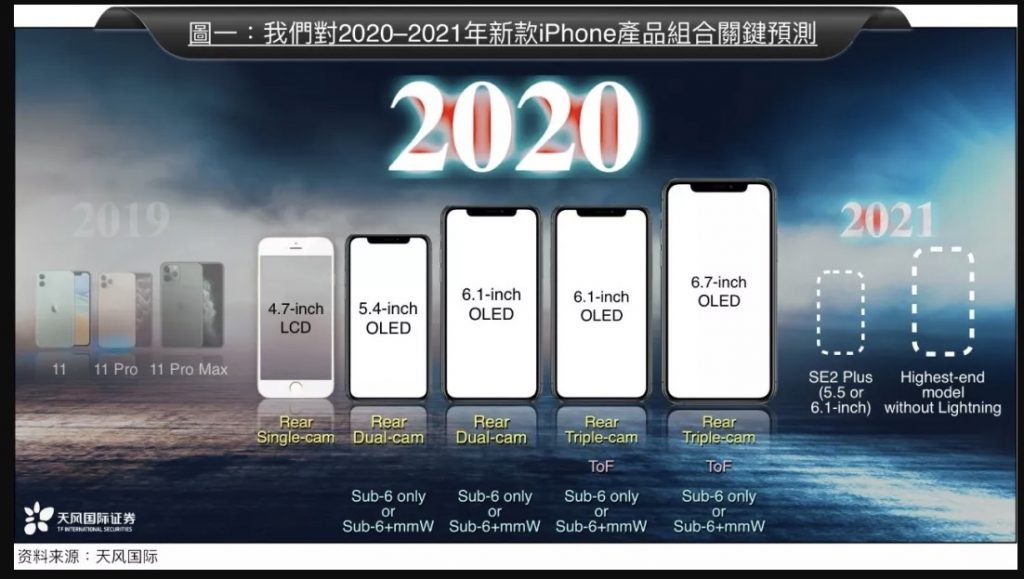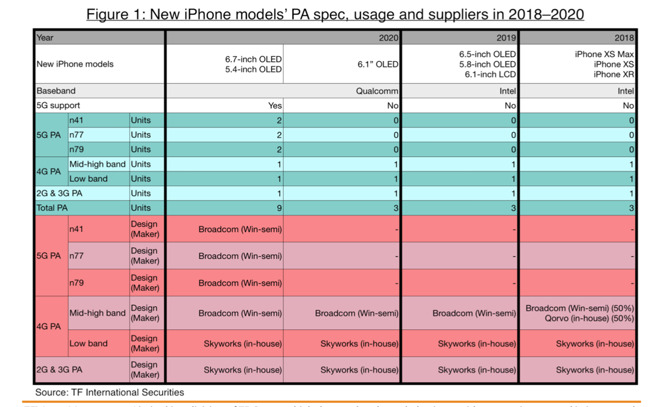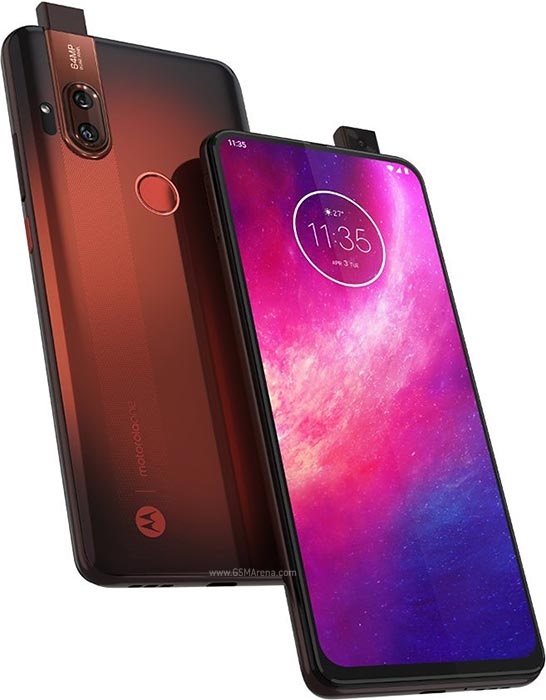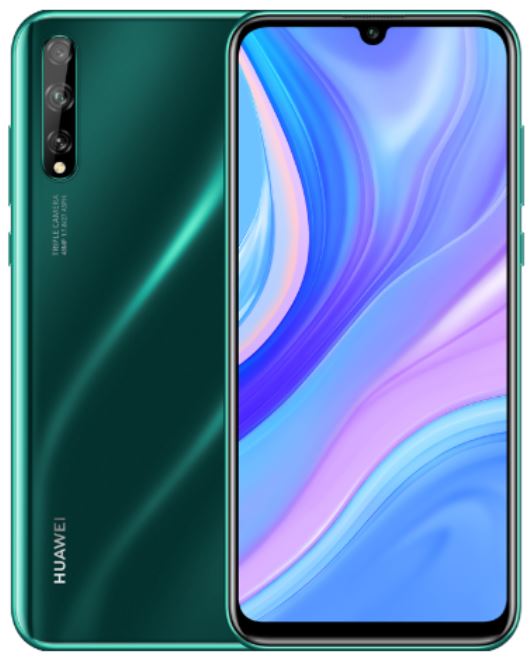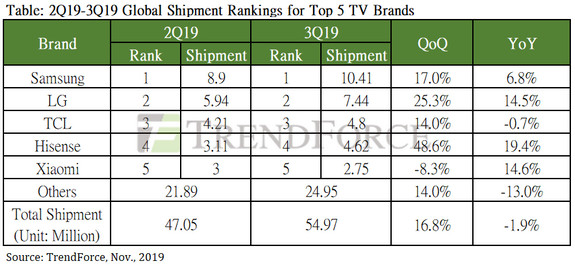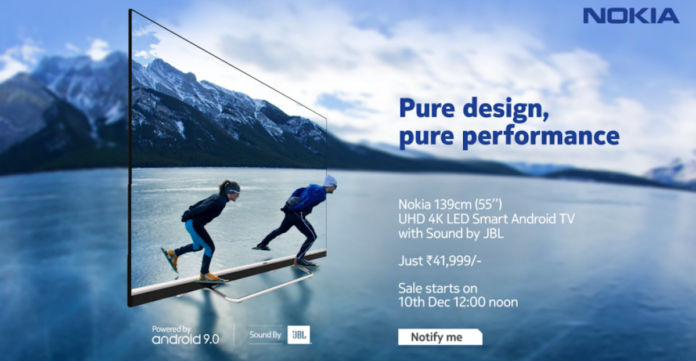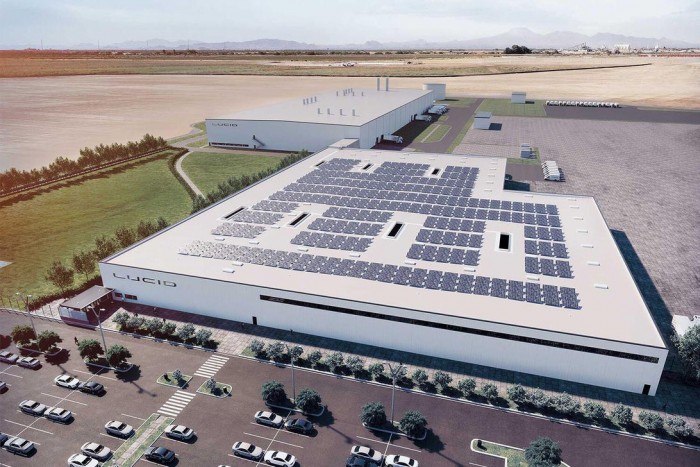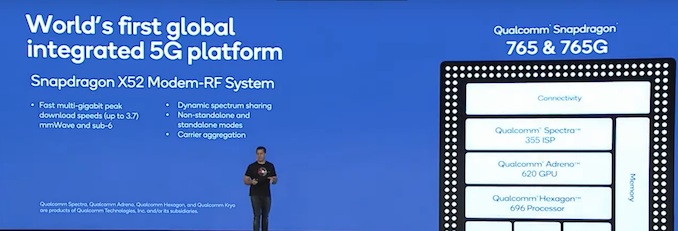
12-6: Qualcomm’s series of new announcements Snapdragon 865, 765 and 765G; Imagination is launching new IMG A-Series of GPUs; etc.
Chipsets
Qualcomm has announced the Snapdragon 865 and the Snapdragon 765 / 765G mobile chips. The Snapdragon 865 can be paired with the Snapdragon X55 Modem. The X55 will also support mmWave and Sub-6 GHz 5G with improved bandwidth on Sub-6GHz. The Snapdragon 765 will support high-power features, such as 4K HDR capture, offer the fifth-gen Qualcomm AI Engine, as well as supporting advanced gaming features. (Android Central, Android Headlines, Qualcomm, XDA-Developers, AnandTech, CN Beta, Pocket-Lint)
Xiaomi (Mi 10), HMD Global’s Nokia, Motorola, OPPO and realme are going to launch 5G phones powered by Qualcomm Snapdragon 865. (Digital Trends, GSM Arena, Qualcomm, Weibo)
Qualcomm launches Snapdragon 7c and 8c chips for cheaper always-connected laptops. Qualcomm Snapdragon 8c is an octa-core processor with Kryo 490 CPU cores, Adreno 675 graphics, and a Snapdragon X24 LTE modem with support for peak download speeds up to 2Gbps. It can also be paired with a Snapdragon X55 modem for 5G connectivity. Qualcomm Snapdragon 7c is more of an entry-level chip with eight Kryo 468 CPU cores, Adreno 618 graphics, support for 4K HDR playback at 30fps, and a Snapdragon X15 LTE modem with peak download speeds of 800Mbps. (Liliputing, Android Authority, Android Authority)
Qualcomm announces Snapdragon XR2 platform for 5G-enabled virtual reality (VR) and augmented reality (AR) headsets. The GPU performance is 1.5x the pixel rate and 3x the texel rate of its predecessor. The display panel includes a resolution of up to 3K×3K at 90Hz per eye, and can be used to play 8K 360º videos at 60fps, or 4K video at 120fps. (Neowin, Liliputing, My Drivers)
Semico Research estimates that the market will consume a total of 62.4B RISC-V CPU cores by 2025, with the industrial sector forecasted to be the largest segment with 16.7B cores. Forecasting the compound annual growth rate (CAGR) for RISC-V CPU cores, Semico estimates that segments including the computer, consumer, communication, transportation and industrial markets will see a 146.2% CAGR on average between 2018 and 2025. (CN Beta, Semico Research, Design Reuse)
AWS, the cloud division of Amazon, has announced the next generation of its ARM processors, Graviton2. The new chip quadruples the core count from 16 cores to 64 cores and employs Arm’s newest Neoverse N1 cores. Amazon is using the highest performance configuration available, with 1MB L2 caches per core, with all 64 cores connected by a mesh fabric supporting 2TB/s aggregate bandwidth as well as integrating 32MB of L3 cache. (CN Beta, AnandTech, TechCrunch, AWS)
Amazon AWS has announced the launch of its Inferentia chips. With Inferentia, AWS offers lower latency and three times the throughput at 40% lower cost per inference compared to a regular G4 instance on EC4. (CN Beta, AWS, ZDNet, TechCrunch)
Huami Technology’s founder and chairman Huang Wang has announced that the overall design of the Huami self-developed chip Huangshan 2 has been completed. He has revealed that it will be mass-produced in 2020. The chip will support more smart and health functions. Thus, it will be applied to more smartwatches. (CN Beta, GizChina)
Intel is allegedly in advanced negotiations for the acquisition of artificial intelligence (AI) chip developer Habana Labs for USD1B~2B. Habana Labs uses artificial intelligence to improve the processing performance of chips and lower their costs and power consumption. (CN Beta, CRN, CTech, Globes)
Intel has suffered from shortage of CPU since early 2019 and they have officially apologized for this. Dell CFO Tom Sweet has revealed that Dell does not expect Intel’s shortage to improve until 2H20 and is “evaluating” AMD processors. (Tom’s Hardware, Yahoo, CN Beta)
Intel’s NUC Elements is the company’s new modular PC initiative aimed to simplify system-level design while enabling OEMs to build ultra-compact desktop computers. NUC Elements modules are based on Intel’s U-series Core, Celeron, or Pentium Gold processors with TDPs up to 15 Watts. The modules come with 4 GB or 8 GB of soldered-down dual-channel DRAM, up to 64 GB of eMMC solid-state storage on select SKUs, and Wi-Fi 5 + Bluetooth 5.0 via Intel’s Wireless-AC 9560 radio. (CN Beta, AnandTech, Intel)
Imagination is launching new IMG A-Series of GPUs are designed for a range of devices including smartphones and tablets, servers, automotive devices, and Internet of Things (IoT) products. (Liliputing, Anandtech, Android Authority)
MediaTek and Realtek Semiconductors are both gearing up to ramp up their output of Wi-Fi 6 (802.11ax) chips in 2020, according to Digitimes. MediaTek and Realtek will both be competing with Qualcomm in the Wi-Fi 6 core chip market. Qualcomm has disclosed Snapdragon 865 platform includes FastConnect 6800 connectivity capable of delivering Wi-Fi 6 speeds nearing 1.8Gbps. (Digitimes, press, Digitimes, EDU News, Yahoo)
Touch Display
BOE is planning on increasing its production capacity by 200% which will see the shipments rise to 70M units to meet the rising demands in 2020. BOE has 3 Gen-6 flexible AMOLED manufacturing plants – (1) Chengdu plant that has mass-produced and shipped since 2017; (2) Mianyang plant that starting shipping Jul 2019; and (3) Chongqing plant that started construction in 2018 (commission in 2020). BOE is predicting that the demand for flexible AMOLED display panels will increase in 2020 and will also see their production capacity rise to 20M units. (Gizmo China, CN Beta)
Motorola’s razr 2020 foldable phone patent indicates the second generation foldable phone would feature modular design. A protruding middle piece housing the cameras can be used for elevating the phone when placed on a flat surface, for a more secure grip and for attaching the additional modules. Modules such as a projector, stereo speakers, etc. (CN Beta, LetsGoDigital, Money Control, TechRadar, Phone Arena)
According to Digitimes, multiple Taiwanese supply chain manufacturers are preparing to provide components for Apple’s 12.9” iPad Pro, which will use mini-LED displays. The supply chain makers ready to receive orders for the components include Epistar, General Interface Solution (GIS), Taiwan Surface Mounting Technology (TSMT), Zhen Ding Technology, and Flexium Interconnect. (CN Beta, Mac Rumors, Digitimes)
BOE Technology and China Star Optoelectronics Technology (CSOT) have both disclosed plans to stop their investments in LCD display technology development and capacity expansion. (Digitimes, WEMP, Sina)
Biometric
Qualcomm has announced a brand new ultrasonic sensor called 3D Sonic Max. The new sensor is 17 times larger than the last generation, and Qualcomm says it can read up to two fingerprints at a time for better security. (Android Authority, 9to5Google, WCCFTech, Qualcomm, CN Beta)
Apple and General Interface Solution (GIS) have reportedly met to discuss in-screen ultrasonic fingerprint technology. However, it is not clear when any results of conversations will materialize, or if anything will develop at all. (Apple Insider, TechNews, UDN)
Phone
According to TrendForce, in an effort to meet the market’s stock-up demand in the peak season, total production volume for smartphone brands in 3Q19 is estimated at 375M units, a 9.2 growth QoQ. The top 6 positions are Samsung, Huawei, Apple, OPPO, Xiaomi, and Vivo, which accounted for 78% of global market share. TrendForce believes that brands will adopt relatively conservative production plans in 4Q19, with total production volume of 370M units, a slight decline QoQ. (TrendForce, TrendForce, press)
Huawei’s founder, Ren Zhengfei, has revealed that the company is making Canada a focal point. Huawei plans to transfer its R&D center from the US to Canada. In addition, it will also have some “Made in Canada” mobile network equipment. (GizChina, IT Home, Toronto Star, CNBC, Reuters)
TF Securities analyst Ming-Chi Kuo expects that Apple’s iPhone shipments will increase by around 6% and 8% year-over-year to about 210M and 225M in 2020 and 2021, respectively. He predicts that all of “iPhone 12” models in the fall of 2020 will be equipped with the Qualcomm X55 modem and support 5G —with specific bands of support dependent on the country. He predicts that Apple may disable the non-mmWave iPhone 5G function for countries that don’t offer that aspect, or have a shallow 5G penetration rate to reduce the purchase cost. (CN Beta, TF Securities, press, Apple Insider)
Motorola One Hyper is announced – 6.5” 1080×2340 FHD+ IPS, Qualcomm Snapdragon 675, rear dual 64MP-8MP ultrawide + front pop-up 32MP, 4+128GB, Android 10, rear fingerprint, 4000mAh 45W, USD400 (US) or BRL2,200 (Brazil). (Android Central, GSM Arena)
Huawei nova 6 series is announced: nova 6 / 5G – 6.57” 1080×2400 FHD+ dual HiD, HiSilicon Kirin 990, rear tri 40MP-8MP telephoto OIS-8MP ultrawide + front dual 32MP-8MP ultrawide, 8+128 / 8+128 (5G) / 8+256GB (5G), Android 10, side-mounted fingerprint, 4100mAh 40W / 4200mAh 40W, CNY3,199 (USD454) / CNY3,799 (USD540) / CNY4,199 (USD595). nova 6 SE – 6.4” FHD+ HiD IPS, HiSilicon Kirin 810, rear quad 48MP-8MP ultrawide-2MP depth-2MP macro + front 16MP, side-mounted fingerprint, 8+128GB, Android 10, 4200mAh 40W, CNY2,199 (USD315). (GSM Arena, CN Beta, XDA-Developers)
Huawei Enjoy 10S is announced – 6.3” 1080×2400 FHD+ OLED, HiSiicon Kirin 710F, rear tri 48MP-8MP ultrawide-2MP depth + front 16MP, 6+64 / 6+128 / 8+128GB, Android 10, fingerprint on display, 4000mAh, CNY1,599 (USD227) / CNY1,799 (USD255) / CNY1,999 (USD284). (CN Beta, My Drivers)
Augmented / Virtual Reality
As 5G penetration rate is expected to reach 50% in 2023, smart augmented reality (AR) glasses will begin entering the consumer market, according to Digitimes Research. In 2020, the shipment growth driver for AR/VR wearables will be smart AR glasses, which will serve as a peripheral and a second smartphone screen. The wearable will also be integrated with the functionality of Bluetooth earphones. (Digitimes, press, Digitimes)
Home
According to TrendForce, global TV shipment in 3Q19 reached 54.97M units, a 16.8% growth QoQ and 1.9% decline YoY. as brands stock up in preparation for year-end sales, 4Q19 shipment is projected to reach 65.42M units, a 19% growth QoQ. After the sales prices across all panel sizes dropped below cash costs, panel manufacturers began reducing the production volume of panels in order to establish a price floor in 4Q19. Stabilized low prices of TV panels are expected to help brands plan their sales strategies. (Gizmo China, IT Home, TrendForce, TrendForce, press)
Nokia’s 55” smart TV is launched in India, via exclusively on Flipkart. It is priced at INR41,999 (USD589). The TV is not manufactured by Nokia but by Flipkart. (CN Beta, Android Authority)
Automotive
Lucid Motors plans to put the electric car Air into production in late 2020. The construction has started on a production facility in Casa Grande, Arizona. This initial construction period reflects a USD300M investment in the area. (CN Beta, CNET, TechCrunch)
Artificial Intelligence
Facebook has rolled out a chatbot “Liam Bot” to advise employees on how to handle uncomfortable questions about the company from friends and family. The answers which the “Liam Bot” gives were collated by the Facebook public relations department and often contain links to Facebook blog posts or news releases. (Engadget, NY Times)
